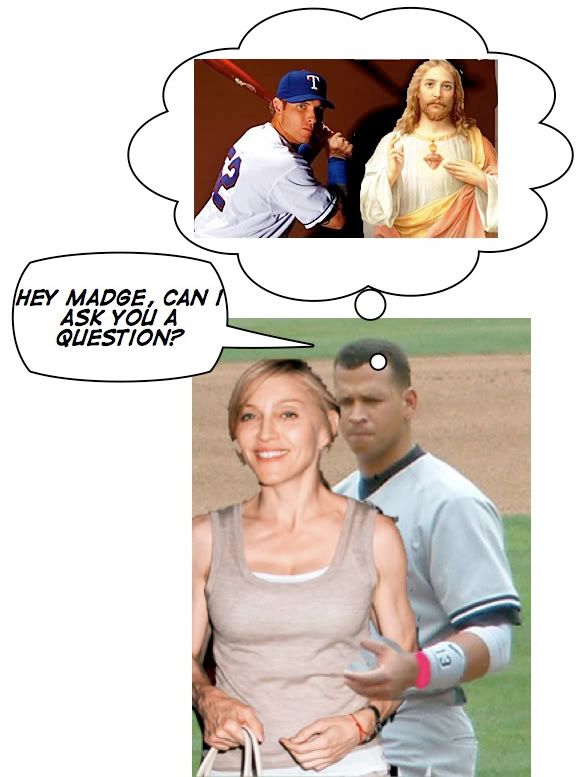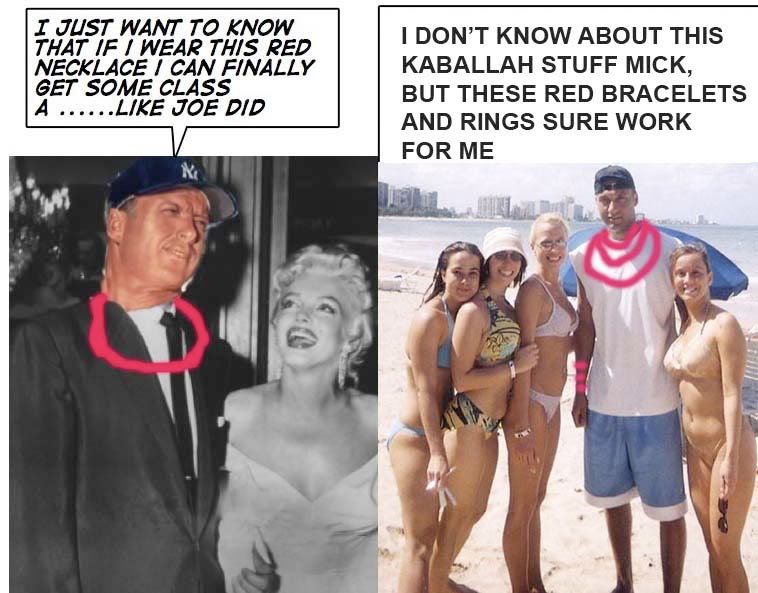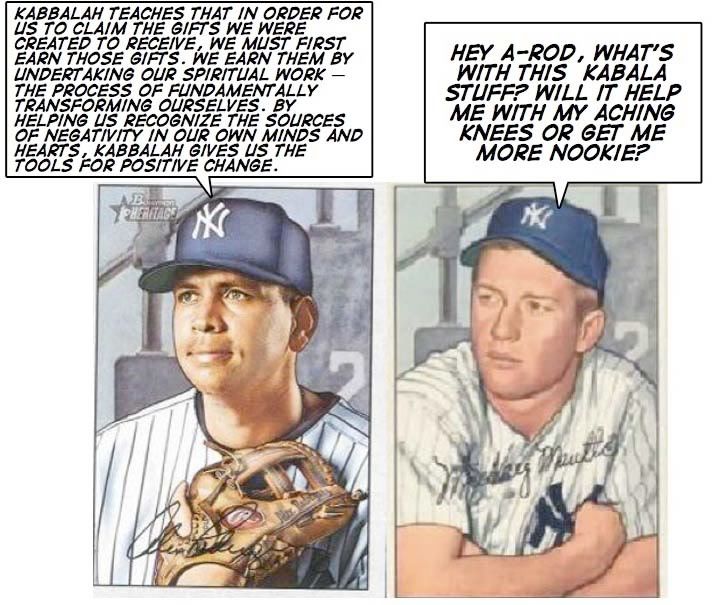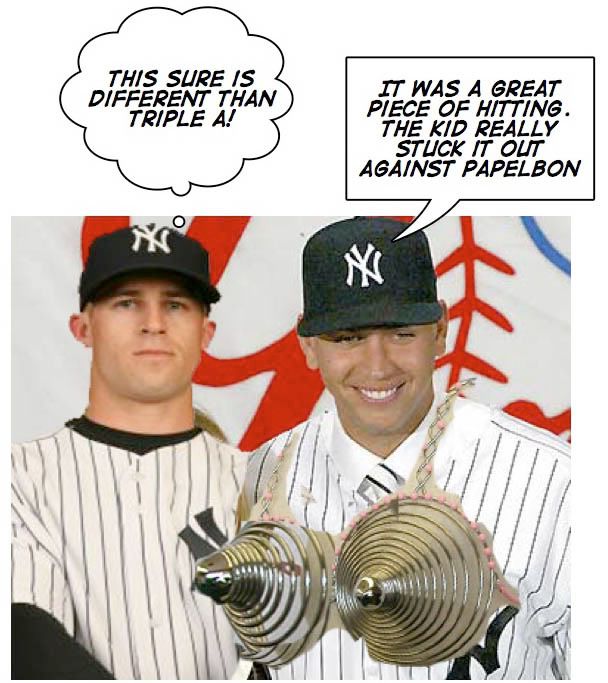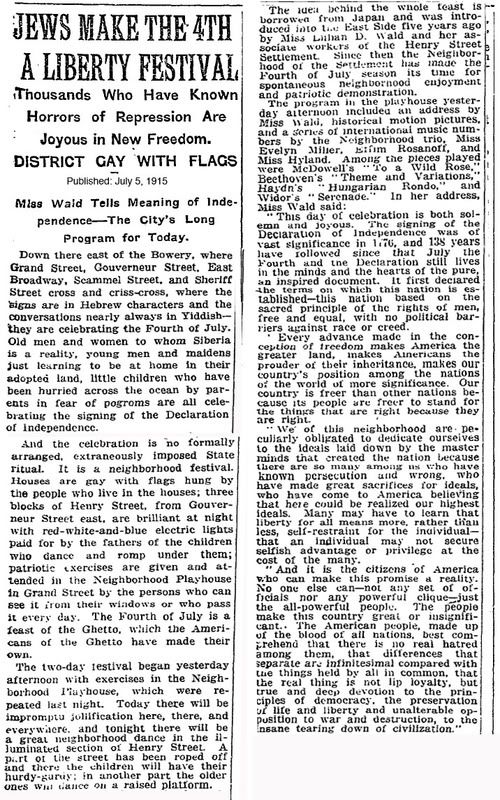Yeah, like she would ever be down and out!
Once I lived the life of a millionaire,
Spending all my money, just didn't care,
Took all my friends out for a mighty good time,
Buyin bootleg whisky, champagne and wine.
Then I began to fall so low;
Lost all my good friends, had no place to go.
If I get my hands on a dollar again,
I'm gonna hang on to it till that eagle grins,
Nobody knows you when you're down and out,
In your pocket, not one penny;
And all the friends, you don't have any.
If you get back on your feet again
That's when you find you long lost friend
It's mighty strange, without any doubt
Nobody knows you when you're down and out.
When you finally get back upon your feet again,
That's when you meet your long-lost friend
Said it's mighty strange, without any doubt
Nobody knows you when you're down and out.
It's mighty strange, without any doubt,
Nobody knows you when you're down, you're down and out.


